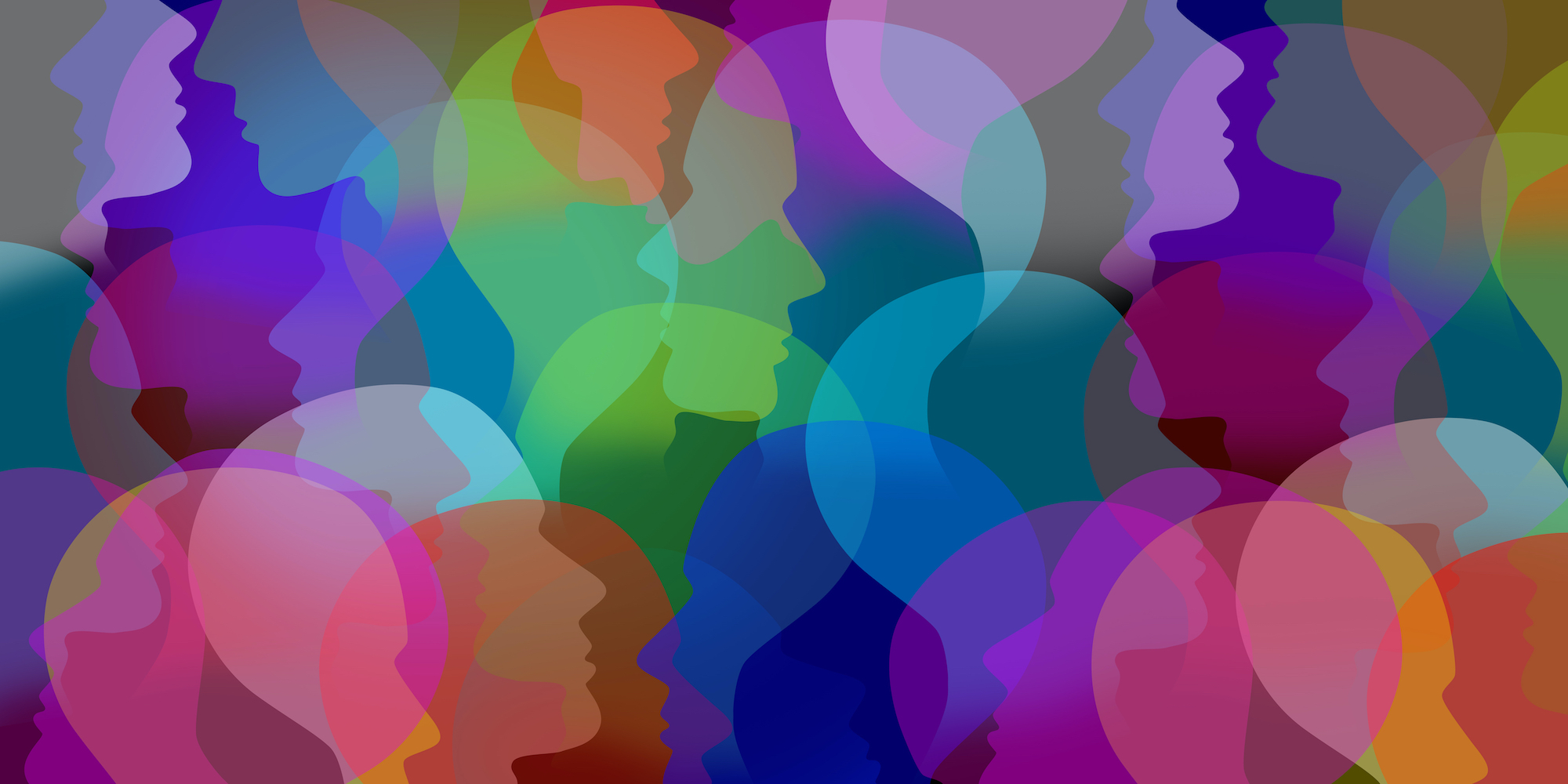
The role of “System 3” thinking
FEATURE – This compelling article explores how our brain constantly looks for emotional resonance with the environment around us. Is this System-3 type thinking the key to enabling joint problem solving?
Words: Michael Ballé, lean author, executive coach and co-founder of Institut Lean France.
Nobel prize recipient Daniel Kahneman distinguishes two different thinking pathways according to whether we think hotly, which is quickly and automatically, or coldly, that is slowly and reflexively:
• With the system 1 thinking process, the brain forms thoughts that are fast, automatic, stereotypical, emotional and often unconscious – think of the first thing that comes to mind when you are presented with an object, an idea or a situation.
• With the system 2 thinking process, the brain calculates wilfully a response by directing attention to the situation, figuring it out and formulating a deliberate response.
Kahneman reached this conclusion by conducting numerous experiments in which he manipulated the emotional description of the situation and showed that people would have different responses to the very same facts. As part of my doctoral research, I replicated some of Kahneman experiments with students and, indeed, found similar results. For instance, in one classic experiment, participants were told that in order to prepare for a disease outbreak that would kill 600 people they had to choose between:
• Policy A: 200 people will be saved.
• Policy B: 1/3 probability 600 people will be saved, 2/3 probability no one will be saved.
Or
• Policy C: 400 people will die.
• Policy D: 1/3 probability no one will die, 2/3 probability 600 people will die.
As predicted, I found that when offered choices A and B, people will tend to choose A, but with C and D, they tend to chose D. The information presented is mathematically the same, but how people picture it in their minds, and the emotional weigh of words like “saved” and “die” or the certainty of the numbers affects their judgement: system 1 overtakes system 2. If they’re asked to calculate the odds (i.e. trigger system 2) then they conclude, correctly, that the odds are the same.
Kahneman made the point that the framing of the problem, particularly in its emotional content, influenced the decision-making. I, too, was studying decision-making out of experimental conditions, in an automotive supplier plant, observing how Toyota engineers were teaching the supplier’s engineers to adopt the Toyota Production System (TPS). I witnessed some supplier engineers adopting the Toyota frame and abandoning their own, many others resisting no matter what evidence was presented to them (the line’s productivity and quality improved visibly in front of their own eyes) and a few others, at the extreme, adopting the language but not the practice. Years later, I came across one of the young engineers on the project at the time who had by then become a plant manager and ran the least lean plant you can imagine but with all the proper language of kaizen and kanban and visual management and so on – somewhere between funny, sad and very puzzling.
Years ago, in my dissertation, I had made the case that people didn’t just reason in the privacy of their own minds but interacted constantly with their environment – whether with system 1 or system 2. My argument at the time was that one needed to include the salient visual clues of the environment in the thinking to understand how people reasoned. Although I was somewhat perplexed by it, I never really challenged the then dominant view of the brain as a kind of information processing machine – a biological computer if you will – that took in inputs from the senses, calculated a response and could go haywire if strong emotions were involved.
I then got so absorbed by understanding TPS that I let go of that line of research and focused on learning to change plants rather than just study mental models. Still, it became obvious over the years that the Toyota sensei were constantly using TPS as a means to trigger system 2 – make people think for themselves – whereas their Western counterparts where keen on fixing system 1: creating “better” thinking automatisms.
Visiting Toyota plants around the world and studying lean transformations in many countries, one of the things that stood out to me was how we westerners are obsessed with seeing people as machines that need to be fixed when they become “emotional”. Conversely, in the East, the problem was often expressed in the form of “harmony” or “balance”. We were looking for the right decision to execute (and enforce on others) whereas our eastern counterparts were looking for a more harmonious, collaborative answer. They were framing things differently.
Frames, once you see them, appear everywhere. People don’t simply process a situation, they interpret it – to a somewhat bewildering extent. Think of how different people describe a divisive figure like President Trump. According to whether they vote for or against him, they are describing a different person – and yet it is the same man, and everyone has the same information available. With the same inputs what could lead to such distinct appreciations?
A then minor strand of neuroscience has been gaining traction over the past two decades. Maybe the brain is not a computer after all. Rather than passively absorb inputs, calculate and produce reactions, one new way of seeing the brain is as a simulation machine. Imagine that your brain holds simulations of the world, which it then updates and corrects using the input it receives from the senses. In this perspective, the brain doesn’t accept information to process it, it projects an understanding of the world and then corrects most obvious mistakes, such as what happens when you put your hand on a hot tap you thought was cold – ouch. This view explains why we feel so clumsy so often, as every time you throw something in the bin and miss. Although our simulation feels seamless, feels like reality, it is in fact full of holes, as can be seen in the following experiment (I don’t want to spoil the surprise).
We fall prey to visual illusions not because the brain screws up but, on the contrary, because it works fine. It corrects puzzling cues to make sense of them.
In other words, there is something in our brains that is constantly trying to resonate with its environment: we want to understand and we want to be understood.
I’d like to suggest that, for either system 1 or system 2 to function, we must consider a system 3, a mechanism that establishes a fit between the frames running on our mind’s wetware and the reality of the situation, a brain circuitry that constantly projects our mental models onto real life situations and then corrects them to a greater or lesser extent according to the feedback it receives. As if we were dreaming awake, except that during sleep the senses are disconnected and the brain cycles on its own, whereas awake it works with the information around it.
System 3 would imply that:
- Brains are never passive information receptors – they hold frames which they project upon the world;
- Seeking resonance with what they see and hear;
- Accepting or rejecting dissonance, thus triggering either system 1 as an unconscious, immediate emotional reaction or system 2 as a thoughtful, calculated and attention-driven response.
System 3 comprises the circuitry that allows us to get in tune with each other when we share enough language, intent and common bases to communicate fluidly. It is what makes us pick relevant visual cues from our environment to form mental models and formulate responses, whether hotly or coldly.
As our minds project their frames onto the world, hoping to find resonance, they encounter others’ frames, at which point the strongest frames win and the weakest gets in sync with the other. For instance, this is what happens when you’re stopped for speeding by a police officer – there is nothing to say, the frame is so strong that your place in it is determined. No matter how justified you feel, chances are your frame “I had a valid reason for speeding” will collapse in the face of the officers’ “I’m here to enforce traffic rules.”
If the aim of TPS is to summon system 2 deep thinking (it is sometimes called the Thinking People System), we then need to take into account the importance of visual management to do so. Visual management sets the frame that will structure system 3’s mental modeling: it displays salient features of what is happening versus what should be happening, in order to reveal problems. Without an understanding of system 3 it is easy to underestimate the importance of the visual aspects of TPS.
In the early days of lean, observers use to note that while Westerners tended to shoot from the hip, Toyota sensei would aim, aim, aim and then shoot. In interpreting lean tools, we can see them as either 1) tools to train system 1 to adopt in quick automatic thinking the right reaction or 2) tools to reveal problems and engage system 2 in thinking deeply about causes and conditions to learning. Yet, to understand how either of these effects is achieved, we need to look at system 3 and our mind’s instinctive attempt to resonate with the situations and the group. Conversations and actions will go down very different paths according to what frame is presented to them: the automated response frame or the ask why and think deeply frame.
A grasp of system 3 can also explain why some people’s hot cognition leads them to feeling upset and acting out when their views are challenged – dissonance is an emotional pain that triggers defense mechanisms. If there is no common basis the mind can reject the new frame presented to it and express fight or flight responses, such as anger, fear or dismissiveness.
When I first studied lean on the shop floor, a Toyota engineer explained it to me as “in order to make products, first we have to make people.” As a sociologist, I was intrigued by a technical system with the explicit aim of developing people. In the many years I have since spent on the shop floor, I have too often met engineers who think that lean tools will somehow impact processes without working through people. The truth is that the lean tools aim to change people’s minds – by making them see waste, seek the causes of waste and discover hidden misconceptions – so they will then improve the process. Understanding the basic psychological processes of system 1 (hot cognition), system 2 (cold cognition) and system 3 (framing and resonance) is key to unlocking the true power of TPS and creating the conditions for joint problem solving – and resonance in the collective will to improve.
THE AUTHOR

Read more


FEATURE – One year into its lean journey, this Lithuanian mining company is winning the hearts and minds of its people. Here, the management team reflects on how they are doing it.


FEATURE – Moving her assistant's workstation next to hers and introducing standardized work helped a family physician in California to provide better, faster care to her patients and to avoid burnout.


FEATURE – If we see lean thinking as a paradigm, which we do, then we should be able to define a set of values this paradigm is built on. So, are there lean ethics? Michael Ballé identifies 10 undisputed lean values, plus one.


FEATURE – Attracting, developing and retaining talent has become a pressing issue in the corporate world, as new generations show skepticism towards traditional management. Lean is the answer, say the authors.

